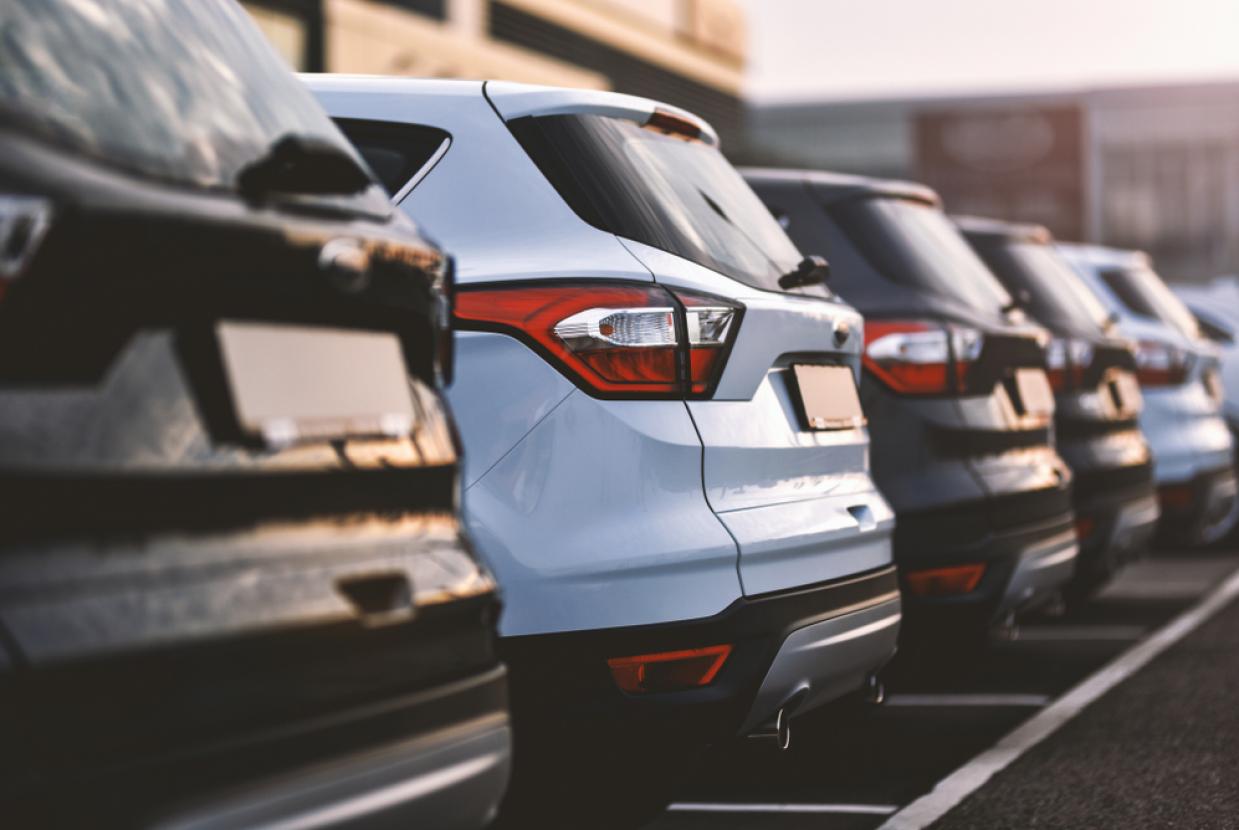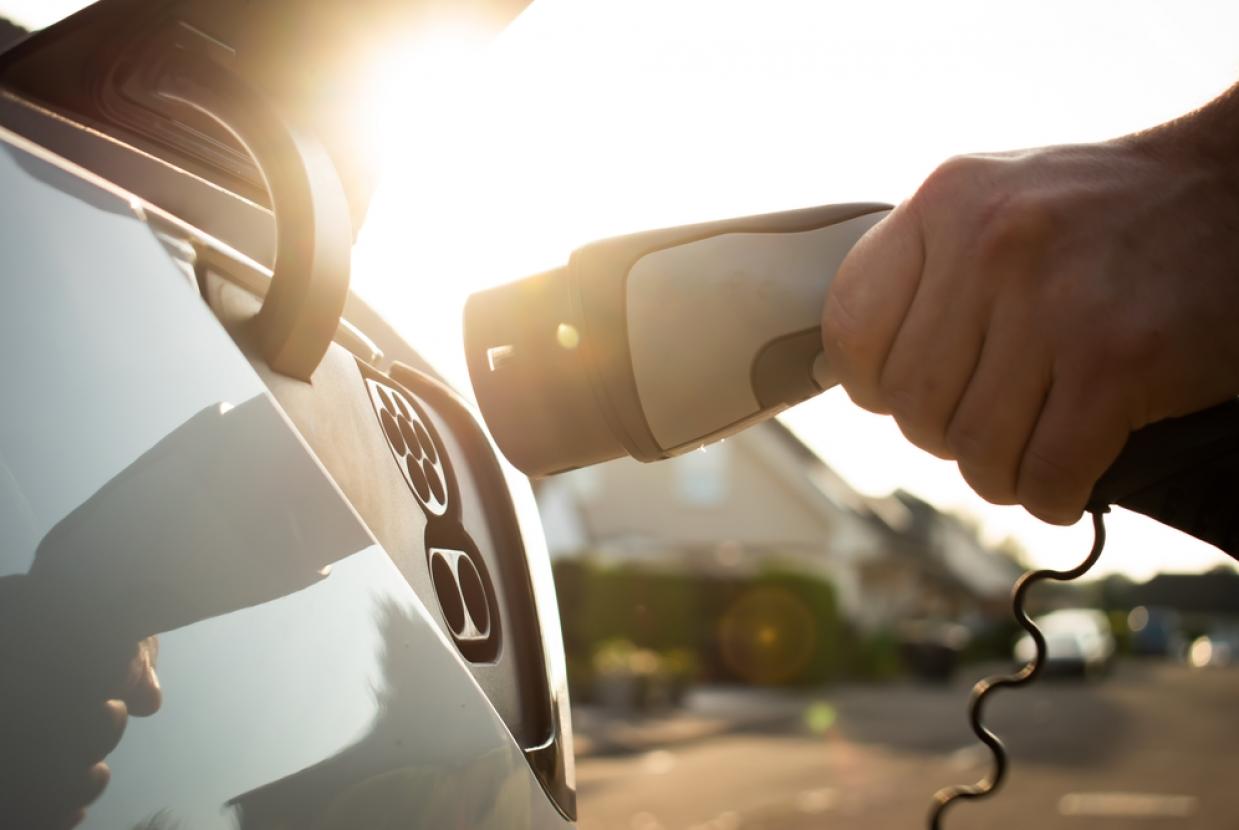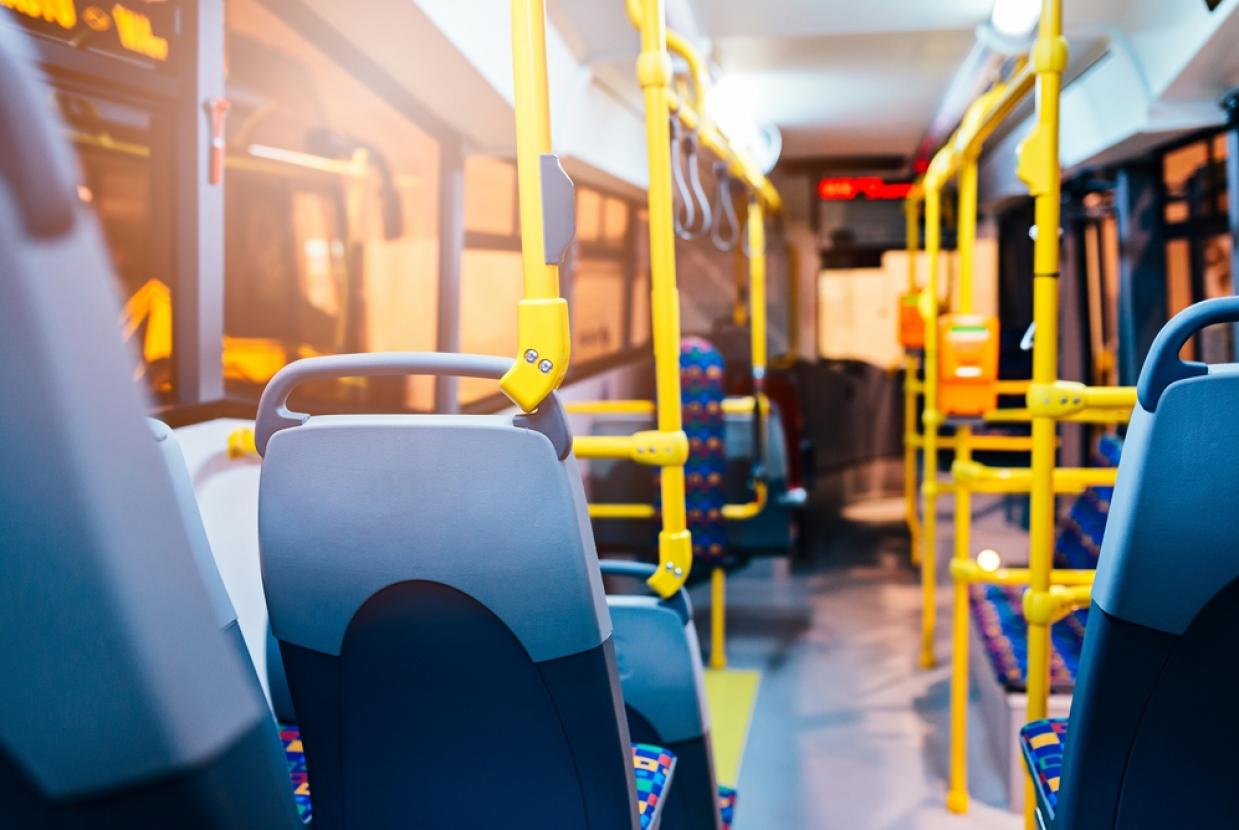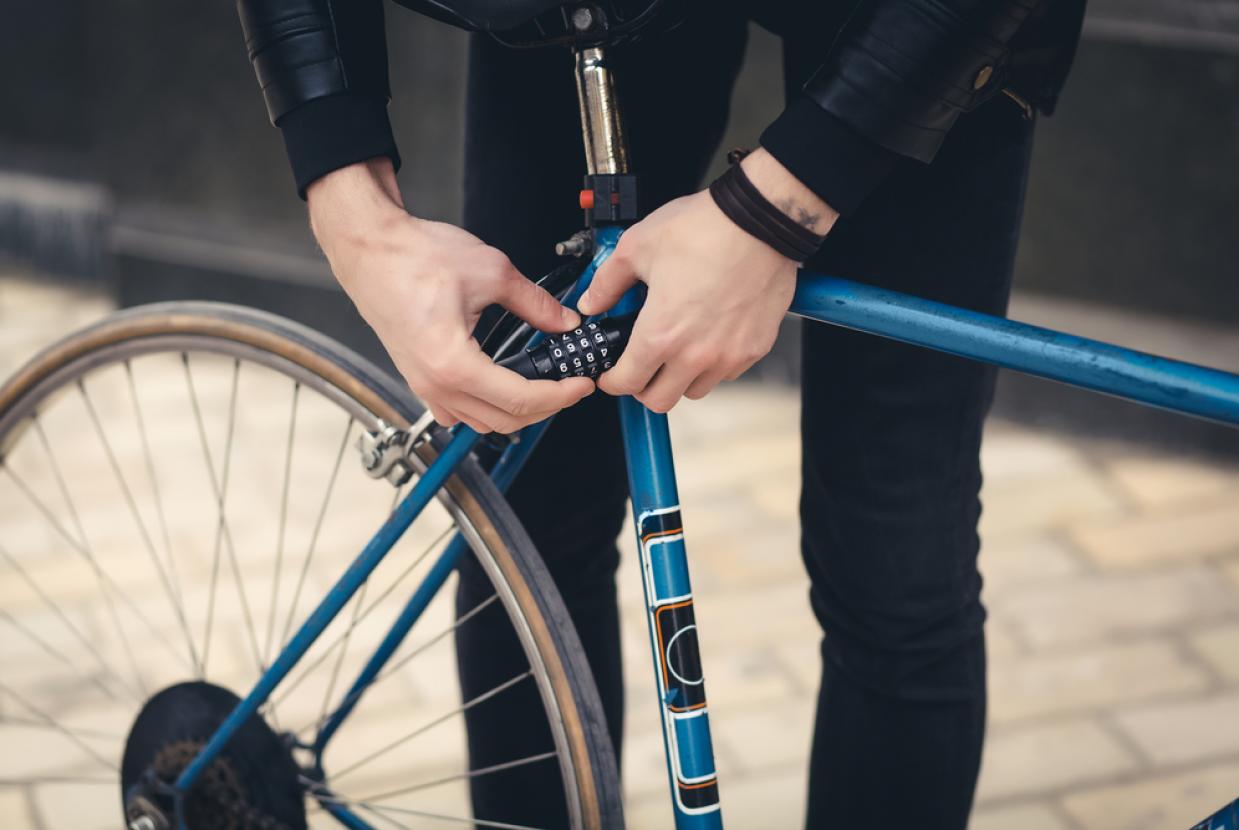Cycling Safety
Cyclists can be vulnerable road users. There are a number of basic safety tips and skills you should know before you start to cycle that will help you be safer on the road.
Safety advice
You should:
- make sure your bike is well maintained
- make sure you look behind you for vehicles and other obstacles before you turn, overtake or stop
- check what the Highway Code says about cycling and obey road signs and traffic lights
- stay aware of the local surroundings and what is happening around you - don’t use headphones or a mobile phone
- use arm signals when you are turning left or right
- a cycle helmet is not a legal requirement in Northern Ireland but will improve safety if worn correctly
Tips for cyclists
Some common sense tips developed for cyclists when they are on the road:
- wear an approved helmet and light-coloured or fluorescent clothing which helps other road users to see you
- use cycle routes and Advanced Stop Lines, where available
- when using cycle lanes, keep within the lane when practicable
- when leaving a cycle lane, check before pulling out that it is safe to do so
- most bus lanes may be used by cyclists as indicated on signs
- do not pass between the kerb and a bus when it is at a stop
- on roadways or cycle paths take care when passing pedestrians, especially children, older people or people with a disability, and allow them plenty of room
- take care near road junctions; other road users might not notice you
- it is illegal to cycle on a footway or footpath, unless on a cycle track where one has been provided
- always ride in single file on narrow or busy roads and when riding round bends
- give a clear signal to show other road users what you are going to do
- look well ahead for obstructions in the road, such as drains, pot-holes, parked vehicles and traffic calming features, so that you do not have to swerve suddenly to avoid them
- leave plenty of room when passing parked vehicles and watch out for doors being opened or pedestrians stepping into your path
- ride positively and decisively and remember you are part of the traffic
Highway Code
It's important that all road users including cyclists are aware of The Highway Code. Knowing this code will improve your safety. You can download a printable version of the Highway Code at this link:
Cyclists and heavy goods vehicles (HGVs)
HGVs are much longer, wider and higher than a car. An HGV driver has lots of blind spots all around the vehicle. If you cycle into these blind spots the driver will not be able to see you. Understanding where the blind spots are will help you stay safe.
Blind spots
The most significant blind spot is to the left of the HGV. As many as twelve cyclists could be alongside the HGV and still be out of the driver’s view. You should not cycle up the inside of a HGV at a junction or at traffic lights. If the HGV turns left the cyclist could be vulnerable - trapped between the vehicle and the footpath.
Passing an HGV
It may be safer to pass the HGV on the right as the HGV driver’s blind spot is smaller. However, as an articulated vehicle turns the position of the driver’s blind spot will change making you vulnerable.
At traffic lights
If you stop in front of a HGV at a junction, traffic lights or Advanced Stop Line (ASL), you could be in the driver’s front blind spot. Be aware that you need to be far enough in front of the HGV to be out of the blind spot.
If you're behind an HGV
A cyclist stopped close behind the HGV could be in the driver’s rear blind spot. You should stop a good distance behind the vehicle to be out of the rear blind spot.
Mirrors
Don’t forget– if you can’t see the driver in the HGV mirror, then he can’t see you!













